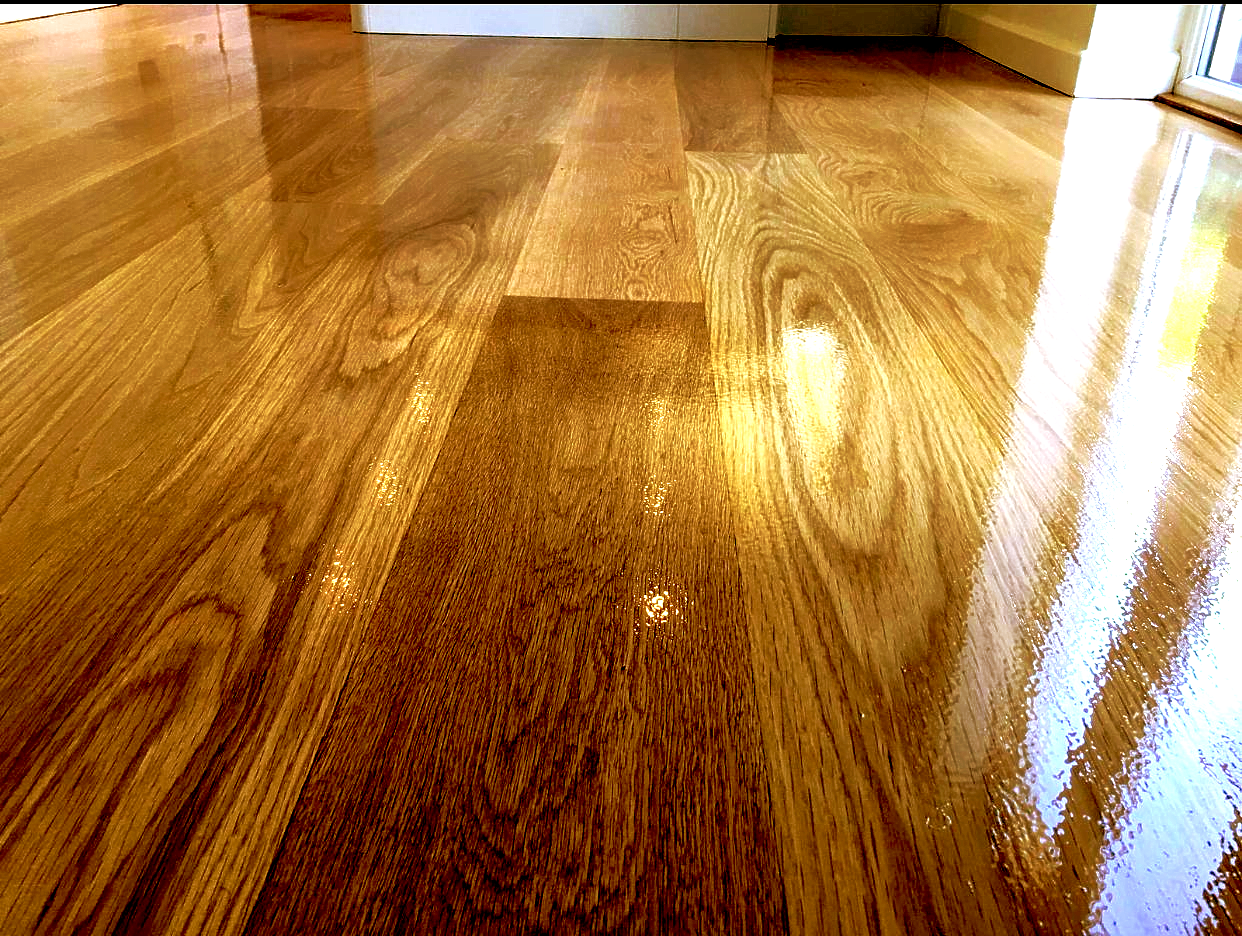Hardwood Floors
Quality in every step
Solid hardwood floors are made of planks milled from a single piece of timber. Solid hardwood floors were originally used for structural purposes, being installed perpendicular to the wooden support beams of a building known as joists or bearers. With the increased use of concrete as a subfloor in some parts of the world, engineered wood flooring has gained some popularity. However, solid wood floors are still common and popular. Solid wood floors have a thicker wear surface and can be sanded and finished more times than an engineered wood floor.
Depending on the desired look of the floor, the timber can be cut in three ways: flat-sawn, quarter-sawn, and rift-sawn. The timber is cut to the desired dimensions and either packed unfinished for a site-finished installation or finished at the factory. The moisture content at time of manufacturing is carefully controlled to ensure the product does not warp during transport and storage.
Floor Finishes
The two most popular modern finishes for wood flooring are oil-modified urethane and water-based polyurethane. Within both categories there are many variations and other names used to describe the finish. Oil-modified urethane and water-based polyurethane also have very different refinishing and maintenance regimes.
Natural shellacs, lacquers, and varnishes were used in the past, as were waxes, often blended with oils.
Oil - Oiled floors have existed for several thousand years and is the most common floor finish used globally. Oil finished floors are made from naturally derived drying oils, and are not to be confused with petroleum based oils. Pre-finished oil floors can be UV cured. Most vegetable based oils are 100% natural and contain no VOCs.
Brushed and oiled - Steel brushes are used in the direction of the grain which opens up the surface of the wood and removes splinters. The wood is then oiled.
Polyurethane - Polyurethane floor finishes were first introduced around 1942. There are several types of polyurethane finishes that exist, but the two most common are oil-modified polyurethane and water-based polyurethane. Water-based urethane is harder than oil-modified polyurethane and is much safer for the user.
Buffing
Generally, hardwood floors need to be buffed every 3–5 years. The process usually takes about one day. Buffing refers to the process of using a stand up floor buffer. The floor is abraded with 180 grit screen on the buffer. This allows for the new coat of finish to mechanically adhere to the floor. This process works with great results as long as the floor hasn't had any waxes or synthetic cleaners.







